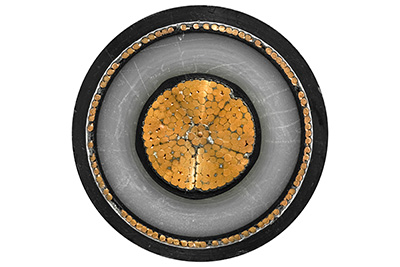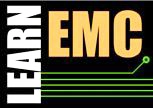EMC Question of the Week: October 13, 2025

The conduction currents in a transmission line flow
- in the conductors
- in the dielectric
- towards the load
- in small eddies
Answer
The best answer is “a.” By definition, conduction currents are the result of electric charge moving in or on conductors. In various forms of Maxwell's equations, conduction currents are represented by the terms I, J, and/or dQ/dt. Displacement currents are time-varying electric flux densities. They exist primarily in the dielectric between transmission line conductors.
Both conduction currents and displacement currents generate magnetic fields (Ampere's Law). Gauss's Law tells us that the sum of conduction and displacement currents entering a small volume must be zero. In other words, the current entering must equal the current leaving the volume (Kirchoff's Current Law).
A signal propagating down a transmission line, carries both conduction and displacement currents. In a lumped element model of a transmission line, the displacement currents are represented by the currents flowing in the per-unit-length capacitances.
Note that the conduction currents flow simultaneously toward the load and back from the load. There is no net movement in either direction. The displacement currents flow perpendicular to the direction of propagation.
Have a comment or question regarding this solution? We'd like to hear from you. Email us at
